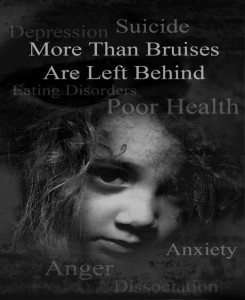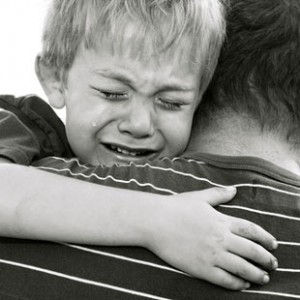 Many times parents will say to me that their child holds it all in and does not express themselves and other parents are concerned because their child seems to be set off very easily and are not shy about expressing their anger. Neither approach is healthy!
Many times parents will say to me that their child holds it all in and does not express themselves and other parents are concerned because their child seems to be set off very easily and are not shy about expressing their anger. Neither approach is healthy!
The exploder is the person who can go from zero to one hundred in a split second. Their anger many times does not seem rational. It is aggressive and in this high state of emotion they become a danger to those around them and a danger to themselves. Many times they will apologize afterwards and may express regret for their behavior. When we think of a picture of anger being demonstrated we think about exploders.
The imploder will bottle up their anger, for long periods of time and may be known as being sensitive. They in fact have a fear of anger – both their own and that of others but can get so filled with anger that they explode also. It is like the anger can no longer be contained and it spills out all over the place. As an observer we may not even see it coming. There is a great deal of harm done to ourselves when we keep all that anger inside ourselves, both physically and emotionally.
Do you recognize either of these in yourself or in your children? Learning to manage our anger is a step by step process. We can learn to be assertive without being aggressive. As parents it is our goal to model this for our children. Children can learn too how to see anger as a feeling that is normal and to express their anger in a healthy manner. Teaching these skills is the key to anger management education.




